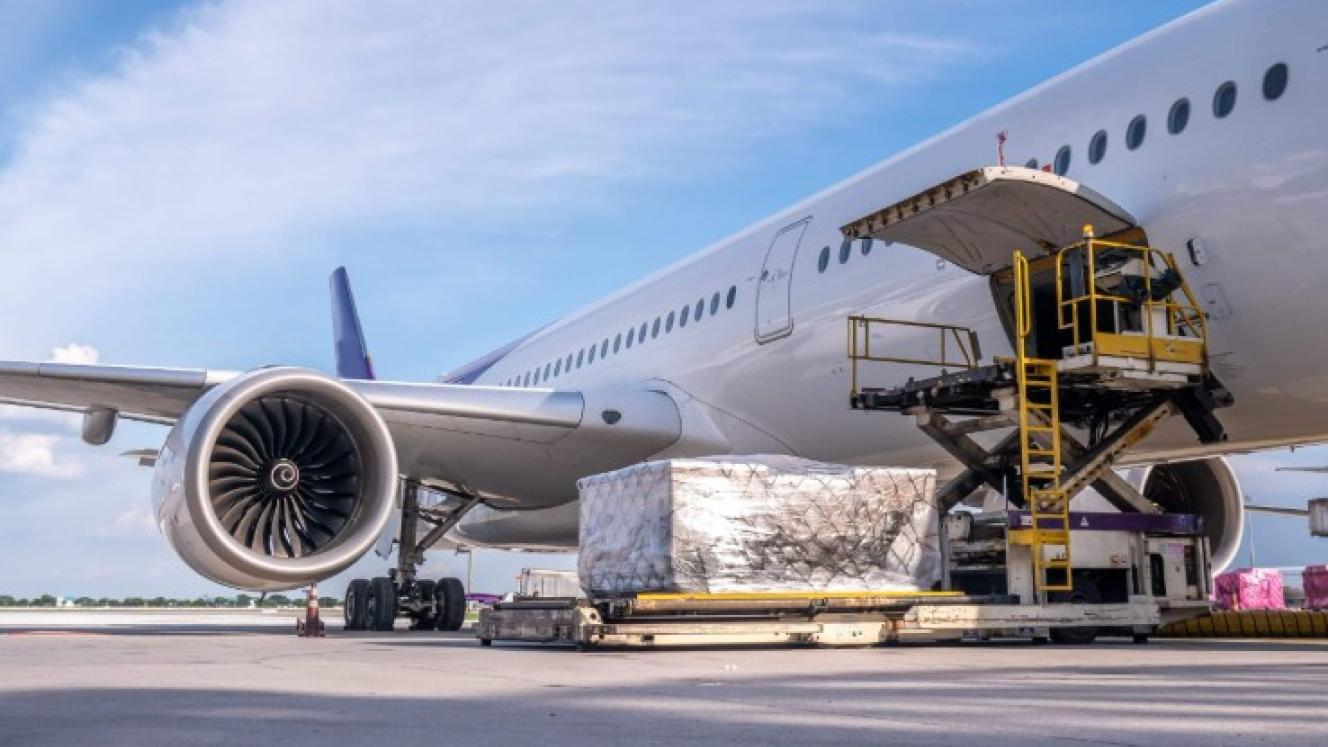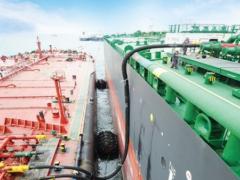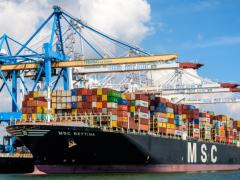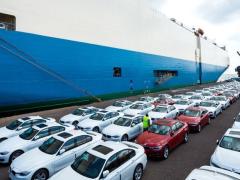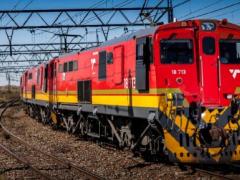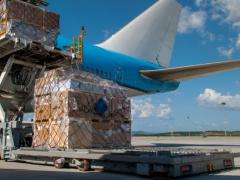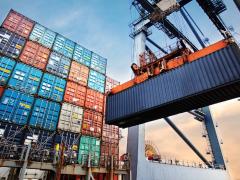Cold chain logistics suppliers and systems are under global pressure on two fronts – one for their carbon footprint as an energy- hungry sector, and the second for food losses. According to the independent Sustainable Energy for All organisation, it is estimated that a lack of refrigeration or breaks in the cold chain see 526 million tons of food lost every year. This represents 13% of all food production and leaves 950 million people without food on their plates. Reduced income It also reduces the income of smallholder farmers by 15%. The organisation distinguishes between food loss and food waste. Food waste, which contributes to 30% of global food production rotting away every year, happens at consumer level, and food loss in the agricultural value chain. Cold chains stretching through both food loss and waste are also significant contributors to greenhouse gas emissions during storage and transport. These emissions fall within environmental, social and governance (ESG) considerations, which are being focused on by customers and regulators. Refrigerants like HFCs (hydrofluorocarbons) and diesel transport contribute significantly to greenhouse gas emissions. Another contributor is single- use packaging, which ends up in landfills. A 2024 Thomson Reuters study found that ESG criteria have become a deciding factor for supplier selection, with 81% of respondents stating their significance. ESG considerations must be included in the management of supply chains to ensure sustainable and ethical supply chains. The use of data-driven management tools and investment in new equipment are essential for mitigating emissions footprints, reducing waste, and enhancing cold chain sustainability. Progress has been made with the replacement of HFCs with sustainable refrigerants such as carbon dioxide (CO2), ammonia, hydrocarbons (propane and butane), and HFOs (hydrofluoroolefins). According to Refrigerants Australia, refrigerant emissions have dropped by more than 90% since 1988 and continue declining at the rate of 8% a year. “This is a remarkable achievement, considering the global popularity of CFC12, an ozone-depleting refrigerant that was the most commonly used refrigerant in air conditioners and refrigerators,” it states. Efficiency of refrigeration systems The focus has shifted to the efficiency of the refrigeration systems, particularly in South Africa, where electricity is largely “dirty” due to the reliance on coal-powered power stations. In the absence of clean power, companies can reduce their carbon footprint through the use of more efficient equipment. This has the additional advantage of providing a cushion against South Africa’s rapidly rising power costs. Reefer containers This includes reefer containers, which are also governed by the F-gas regulations, which follow the Kigali Amendment to the Montreal Protocol and aim to reduce greenhouse gas emissions, and the PFAS regulations, which aim to reduce pollution of soil and water, according to Georg Fösel, manager for refrigeration technology and industry affairs at Maersk. Fossil fuel-powered transport is included in the ESG calculations. While sustainably charged electric vehicles can cover the last mile, long-distance transport in the region will rely on diesel-powered trucks for the foreseeable future. Transporters need AI-driven route planning and management, as well as the newest generation of engines to reduce this impact. ER
Waste and emission central to sustainability
Comments | 0
